As a professional composer, mastering the art of audio mixing is essential for achieving a polished and professional sound in your music productions. Two fundamental tools in the mixing engineer’s arsenal are equalization (EQ) and compression, which play pivotal roles in shaping the tonal balance, dynamics, and overall clarity of a mix. In this article, we will delve into advanced EQ and compression techniques that will elevate your mixing skills and help you achieve a professional-grade sound in your compositions.
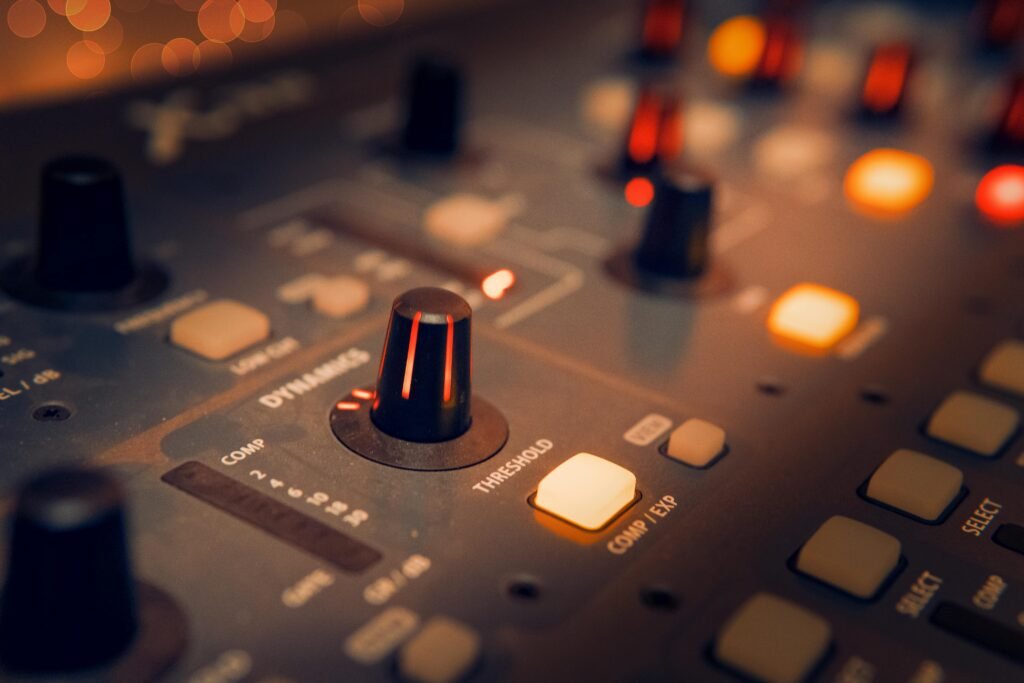
Understanding EQ and Compression
Equalization (EQ):
EQ is a fundamental audio processing tool used to adjust the frequency balance of individual tracks or an entire mix. With EQ, you can boost or attenuate specific frequency ranges to enhance clarity, remove unwanted resonances, and carve out space for each instrument in the mix.
Compression:
Compression is a dynamic processing tool that controls the dynamic range of audio signals by attenuating the louder parts while boosting the quieter parts. Compression helps to even out the volume levels, add punch and impact to sounds, and glue the mix together for a cohesive and balanced sound.
Advanced EQ Techniques
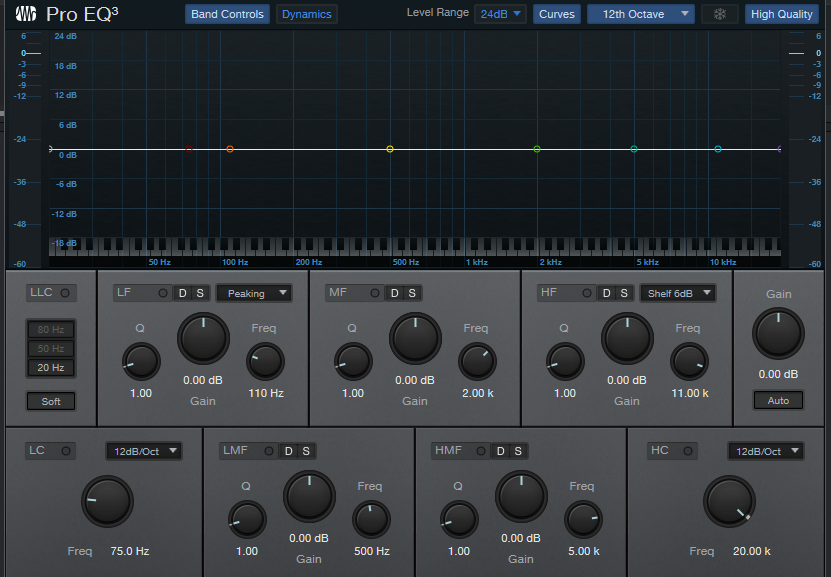
1. Surgical EQ:
Use narrow bandwidths and precise frequency adjustments to surgically remove unwanted resonances or harsh frequencies from individual tracks. Sweep the EQ across the frequency spectrum to pinpoint problematic frequencies and attenuate them with precision.
2. Mid-Side EQ:
Apply EQ separately to the mid (center) and side (stereo) components of a stereo signal using mid-side processing techniques. This allows you to sculpt the spatial characteristics of your mix, enhancing the clarity and separation of instruments while preserving the stereo image.
3. Dynamic EQ:
Dynamic EQ combines the benefits of EQ and compression by dynamically attenuating or boosting specific frequency bands based on the input signal’s level. Use dynamic EQ to tame harsh transients, control resonant frequencies, and add dynamic movement to your mix.
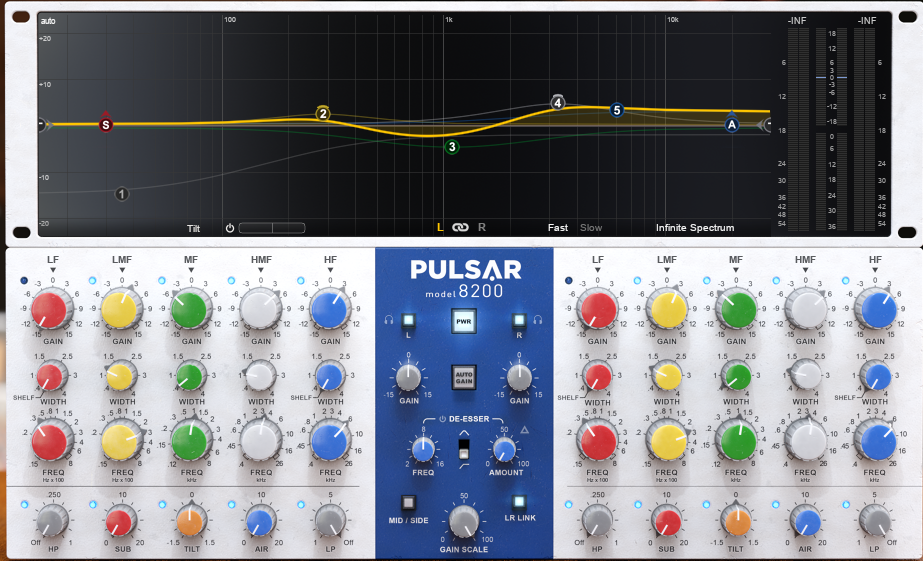
4. Parallel EQ:
Create parallel EQ processing chains by duplicating a track, applying heavy EQ processing to one copy, and blending it with the original signal. This technique allows you to add color, depth, and character to individual tracks or the entire mix without altering the original sound.
Advanced Compression Techniques
1. Multiband Compression:
Multiband compression divides the frequency spectrum into multiple bands, allowing you to apply compression independently to each band. Use multiband compression to address dynamic inconsistencies in specific frequency ranges, such as controlling excessive low-end energy or smoothing out harsh midrange frequencies.
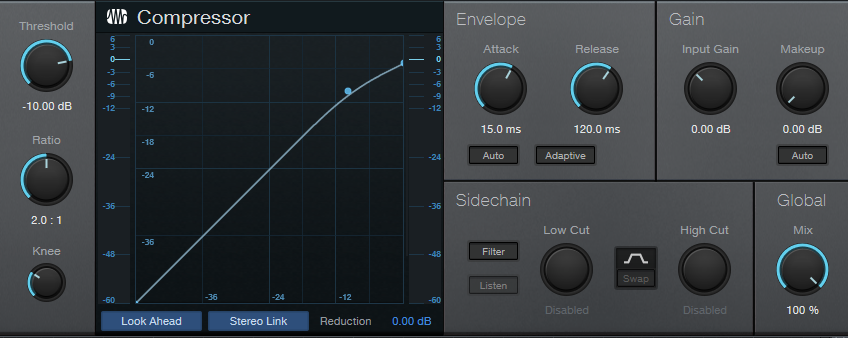
2. Sidechain Compression:
Sidechain compression involves using the signal from one track (the sidechain input) to control the compression of another track. Common applications include ducking the bass when the kick drum hits, tightening up the rhythm section, and creating pumping effects in electronic music.
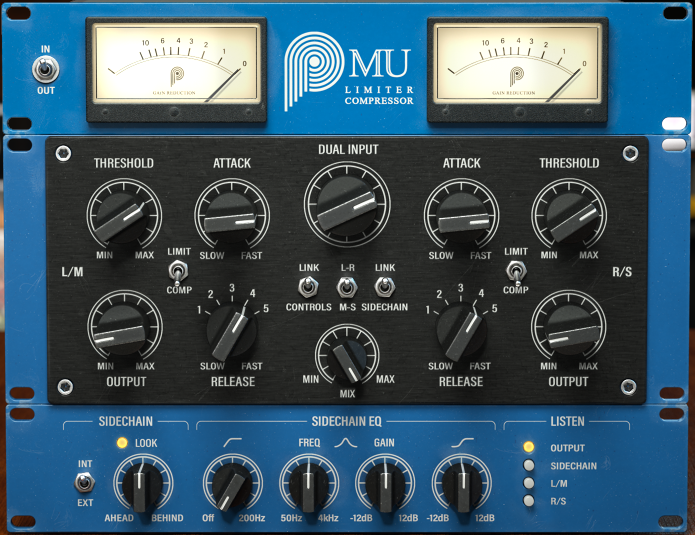
3. Parallel Compression (New York Compression):
Parallel compression, also known as New York compression, involves blending a heavily compressed signal with the original uncompressed signal. This technique adds weight, density, and energy to the mix while preserving the natural dynamics of the original signal.
4. Serial Compression:
Serial compression involves applying multiple stages of compression in series to achieve greater control over dynamics. Start with gentle compression to even out the dynamics, followed by more aggressive compression to add punch and sustain to the sound.
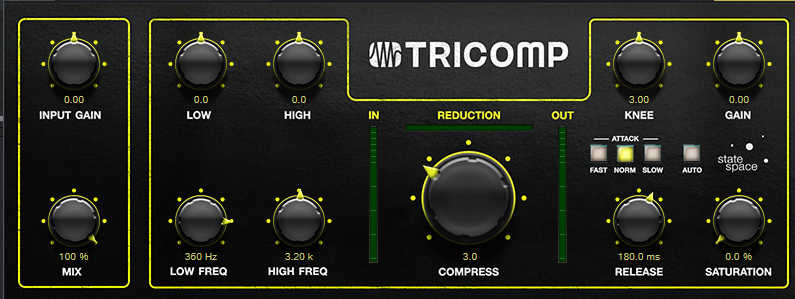
Conclusion
Mastering the mix requires a deep understanding of EQ and compression techniques, as well as the creativity to apply them effectively in your music productions. By mastering advanced EQ and compression techniques, you can sculpt the tonal balance, dynamics, and overall clarity of your mixes with precision and finesse. Experiment with these techniques in your own productions, and let your ears be your guide as you strive to achieve professional-grade sound in your compositions. With practice and dedication, you can elevate your mixing skills to new heights and create music that captivates and inspires listeners.